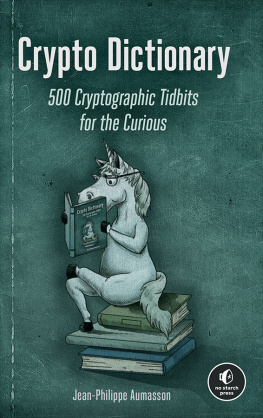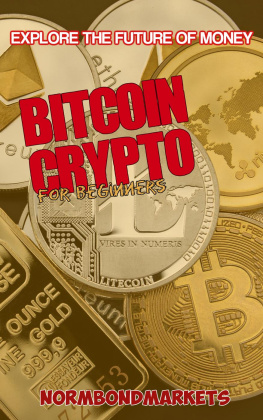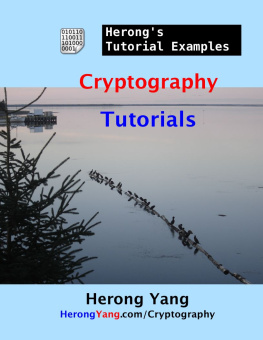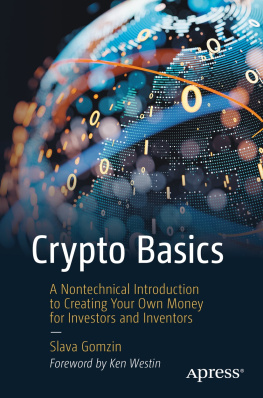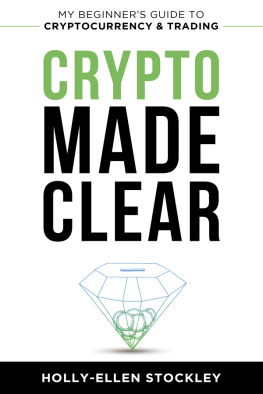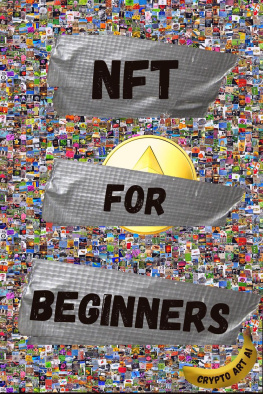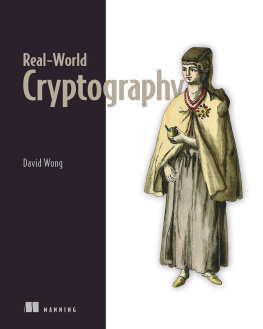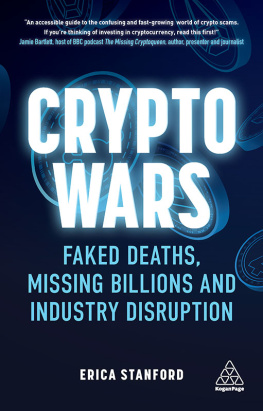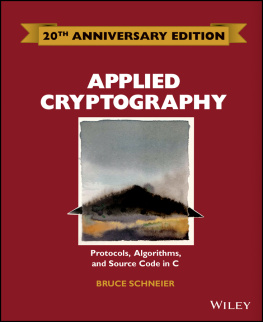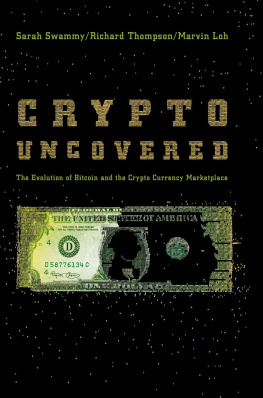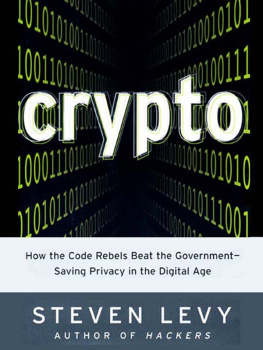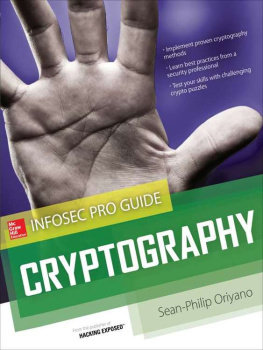Jean-Philippe (JP) Aumasson is the Chief Security Officer and cofounder of Taurus Group, a Swiss financial tech company specializing in digital assets infrastructure. Since 2006, he has authored more than 60 research articles in the field of cryptography and designed the widely used cryptographic algorithms BLAKE2 and SipHash. The author of the acclaimed book Serious Cryptography (No Starch Press, 2017), he speaks regularly at information security and technology conferences.
Pascal Junod has worked in applied (and less applied) cryptography for a living since 1999, both in the academic and industrial worlds. He holds a masters in computer science from ETH Zurich and a PhD in cryptography from EPF Lausanne. In his spare time, he loves trail running, white-water kayaking, reading books, and caring about his family.
Preface
I promise nothing complete; because any human thing supposed to be complete must for that very reason infallibly be faulty. I shall not pretend to a minute anatomical description of the various species, orin this space at leastto much of any description. My object here is simply to project the draught of a systematization of cetology. I am the architect, not the builder.
Herman Melville , in Moby Dick (Chapter XXXII)
Crypto Dictionary is quite different from my previous book. Its format and lighter tone might make it look less serious, but its seriousness lies in its breadth of treatment. Whereas Serious Cryptography covered applied cryptos fundamentals, or less than 10 percent of all there is to know in the field, this dictionary has the pretension of covering at least 75 percent of cryptographys realm.
The unhurried, gradual, and relatively deep exposition in Serious Cryptography is replaced with a less headache-inducing structure filled with concise, direct definitions. This coffee-table book form intends to expose the richness of cryptography, including its exotic and underappreciated corners, to share knowledge and be a gateway to a better appreciation of the science of secrecy.
As the epigraph hints, Crypto Dictionary isnt an attempt to deliver a real dictionary that would comprehensively and consistently cover cryptographys diverse areas. You might not find your favorite protocol or cipher and will probably be surprised by the absence of certain terms that I purposefully omitted or just didnt think of. But youll find many of the major notions and algorithms that cryptographers encounter today, as well as an opinionated selection of terms that I found of practical, theoretical, historical, or anecdotal interest.
Seasoned cryptographers might observe that the book isnt very egalitarian. Although I attempted to cover all streets and alleys of cryptography evenly, certain neighborhoods are inevitably more equally treated than others due to my biases, experience, interests, and variable inspiration. I hope this heterogeneity wont be perceived as unfairness, because that was definitely not my intention.
For example, I chose not to list individuals or software components; instead, the book focuses on the concepts and cryptographic objects that people created and that engineers implemented, which I believe are of greater interest. In accordance with the no-software rule, I didnt include the Signal application, yet I did include the Signal protocol. But this rule suffered one exception, which youll find between the letters N and P.
This dictionary doesnt pretend to provide a precise description of the various protocols, algorithms, and other cryptologic notions. Crypto Dictionary isnt an encyclopedia and doesnt aim to be a modern version of the venerable Handbook of Applied Cryptography. Readers who seek, for example, a formal definition of attribute-based cryptography or a detailed specification of AES will find plenty of references online.
Most definitions are actual definitions, but they vary in how informative they are. I didnt strive for a consistent level of detail and deliberately just minimally explained certain termsincluding some of the most established onesor only added some humorous comment.
Crypto in Crypto Dictionary represents cryptography in its most general sense, encompassing the supposed unholy territory of cryptocurrency. But admittedly, the dictionary is far from being a blockchain dictionary, because many of the terms specific to blockchain applications are omitted.
Crypto Dictionary was written to be an entertaining read for everyone, from high school students and novice engineers to PhDs and retired researchers. The goal is that any reader can open the book at a random page and discover a yet unknown notion, excavate an obscure concept, or read an anecdote about a familiar term. Because modern cryptography is such a broad field, its impossible, even for professional practitioners and researchers, to be familiar with all its notions, let alone master them. For example, who will already be familiar with CECPQ, EKMS, fuzzy extractors, and the MASH hash function?
One of the initial motivations was to create a book that would briefly describe nontrivial cryptography concepts, including established ones, as well as some of the most recent research. Many cryptographers have heard these terms but routinely fail to remember what theyre about or how they differ from related notions. For example, what is the difference between group signatures and ring signatures? Between a SNARK and a STARK? Between SRP and OPAQUE? Between BIKE and SIKE? What are laconic proofs, puncturable encryption, or verifiable delay functions? Few other books will mention any of these concepts, and most likely, no other will mention all of them.

